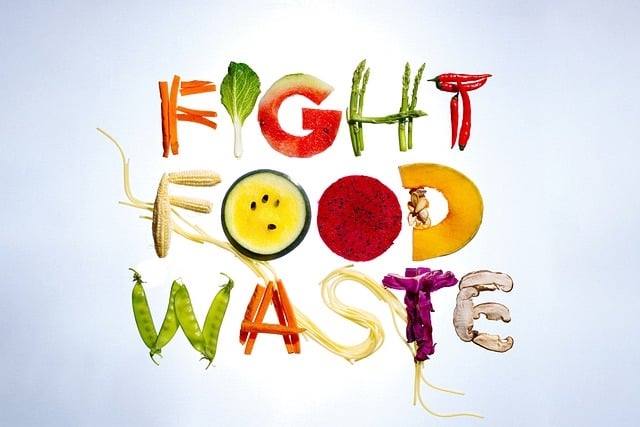
The Astonishing Data: Let's dissect the numbers from the CalRecycle report:
- 1,587,268 tons of Food Non-meat Not Donatable
- 919,601 tons of Inedible Food
- 615,133 tons of Vegetative Potentially Donatable Food
- 577,199 tons of Packaged Nonperishable Potentially Donatable Food
- 339,542 tons of Meat Not Donatable Food
- 114,977 tons of Cooked/Baked/Prepared Perishable Items Potentially Donatable Food
- 111,229 tons of Meat Potentially Donatable Food
- 98,000 tons of Eggs, Dairy, and Dairy Alternatives Potentially Donatable Food
- 231,072 tons of Plastic Grocery and Other Merchandise Bags
- 203,940 tons of Plastic Film Products
- 35,207 tons of Paper Grocery Bags
- 15,464 tons of Flexible Plastic Pouches
The Impact: A Heart-Wrenching Reality These staggering numbers, particularly in the context of food waste, are nothing short of astounding. Imagine the sheer volume of perfectly edible food that could have nourished those facing hunger and malnutrition. It's a haunting realization that, in California, a world of abundance, there are still individuals going to bed hungry every night.
A Call to Action: This revelation serves as a powerful call to action. We cannot turn a blind eye to the disconnect between our wasteful habits and the pressing needs of those less fortunate. It's time to challenge ourselves to be more mindful consumers, to rethink our approach to food, and to actively work towards reducing the unconscionable waste generated in our kitchens.
In conclusion, as we grapple with the shocking reality of kitchen waste, let this be a catalyst for change. Together, we can transform our kitchens into hubs of sustainability, minimizing waste, and making a meaningful impact on the lives of those who need it the most. It's not just about statistics; it's about empathy, responsibility, and the power we hold to shape a more compassionate and sustainable future.
Please check out Part II – Call to Action: What We Can Do in Our Home Kitchens
Image by MD Rajibul Islam from Pixabay